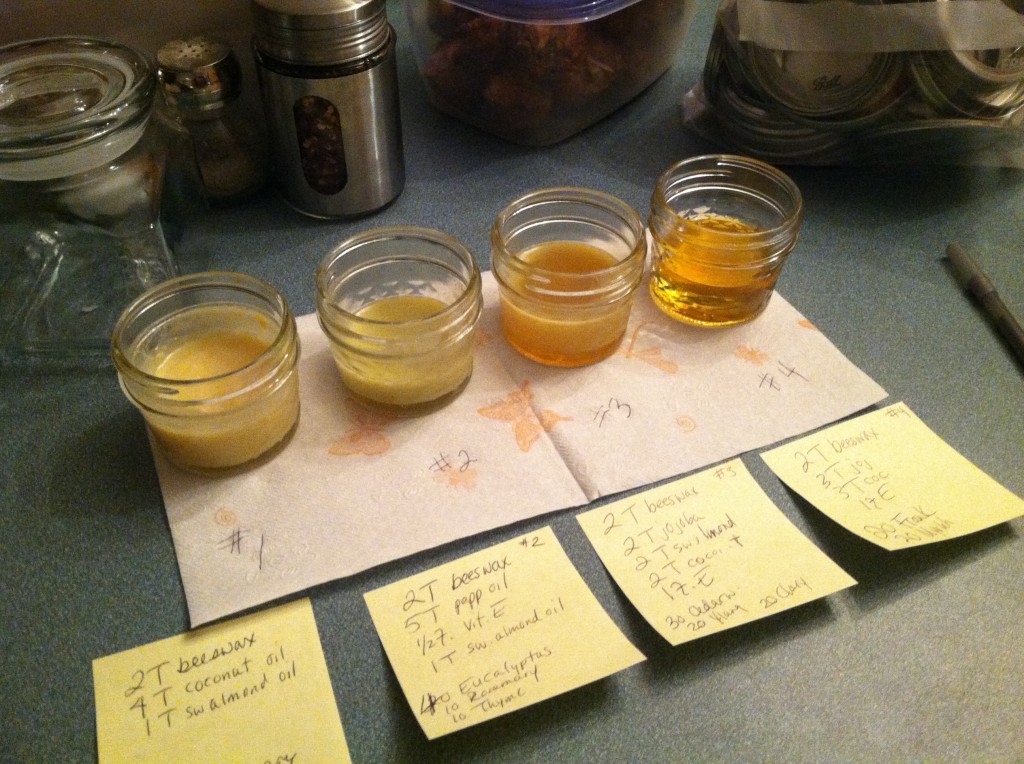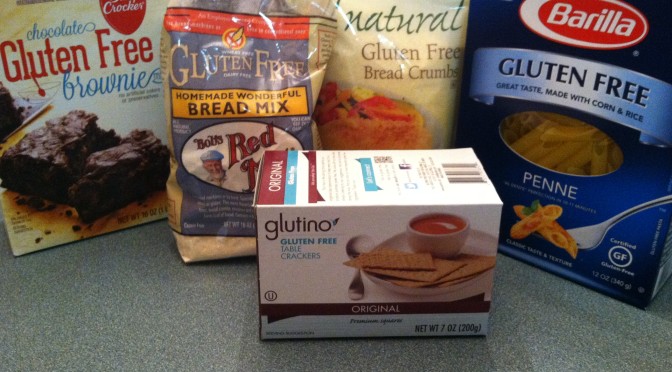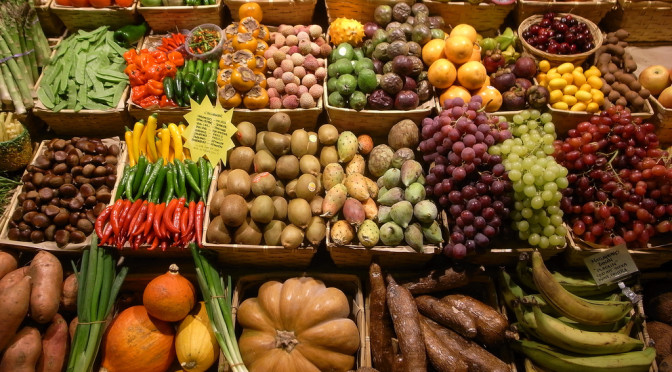The content on this page is for discussion purposes relating to health and well being only and is not intended to be medical advice. Links and sources provided are for informational purposes and do not represent an endorsement of a person, product or treatment.
*PLEASE NOTE* Anyone suffering from an allergy to bee stings or other bee product such as honey should NOT attempt to use any of the following bee products.
An antimicrobial is defined as a drug that will treat bacterial, fungal or viral infections. Just as the essence of so many plants are antimicrobial in nature, working with our bodies to help us heal naturally, so it is with the collection and processing of these plant pollens and resins by bees.
From the work of the bees, not only do we benefit by the obvious cross pollination of our plants, we derive many natural products for use in human health. Aside from it's indefinite shelf life, the obvious medicinal benefits of honey have been proved throughout the ages and is rarely even disputed by mainstream medicine in it's efficacy. But our bee friends make a number of other substances which I was not aware of until recently.
Propolis is the sticky goop that bees make to seal the insides of hives from moisture and bacteria. Honey bees make it in quantities because they need to survive the winter season to continue working (as opposed to bumble bees who only need for the queen to survive the winter season.) The antimicrobial levels in propolis are off the charts as you can read for yourself in the below articles and clinical studies.
This propolis is collected by bee keepers and sold in various forms of supplements, lotions and salves. As with any natural remedy, it is of the utmost importance to vet the source to make sure you are getting organic and unadulterated products.
Royal jelly is another substance that bees produce. It is made in the hive to feed the larvae in the first several days of their development. After then, it is only used to feed the next queen bee throughout her development. It accounts for her enormous growth size beyond the other bees, the incredible energy and vitality to continue producing more eggs over time, and the greatly extended lifespan beyond that of her hive-mates.
Used widely in modern times for women to obtain more radiant and younger skin, royal jelly is purported to be a powerful antioxidant, have healing properties in the area of hormones and fertility, potential anti-cancer properties and perhaps even an elixir to extend one's lifespan. There are more than 450 clinical studies on royal jelly listed in the National Institutes of Health (NIH) database to trove through. If the high priests of medicinal research are beating a similar drum then this is indeed something that might warrant more attention.
Next up, bee pollen is touted as being a "superfood." Containing a high amount of vitamins, minerals and protein, it is well worth looking into ways to incorporate bee pollen into a regiment when one is seeking to detach from modern day pharmacology and mainstream health systems.
Finally, I am minding my own beeswax. I now buy organic beeswax by the pound in pellets. This wax which contains all the medicinal qualities of the pollen in it. It is easy to melt in small 4 oz canning jars in a saucepan of heated water on the stove. Once melted , other oils such as coconut or jojoba can be added, along with the preferred essential or infused oils to let set and create any type of wonderful homemade salve. There are many further uses for beeswax which can be found in the links below.
Bee creative! Share your healing bee balms with us. :-)
The Benefits of Propolis - Bee Lab - University of Minnesota http://www.beelab.umn.edu/prod/groups/cfans/@pub/@cfans/@bees/documents/article/cfans_article_435997.pdf
Due to the great number of active ingredients present, tincture (alcoholic extract) of propolis is well known and used for its therapeutic properties, principally for its stimulant action on the organism's defense system. Notable amongst its properties are its antioxidant and anti-microbial action, its activity as a stimulant and its healing, analgesic, anesthetic and anti-inflammatory activity. http://articles.mercola.com/sites/articles/archive/2009/11/17/This-Bee-Product-Has-Enormous-Benefits-for-Your-Health.aspx
The composition of propolis in the various compounds depends on the geographic area and therefore the different types of plants from which it is collected from. One of the well-studied compounds of propolis is caffeic acid phenethyl ester, abbreviated as CAPE. CAPE has great medicinal properties, but its anti-cancer capacity is of particular interest. A study from the Journal of Radiation Research shows that just within 2 days after treatment with CAPE, 46% of lung cancer cells had been destroyed and the cancer growth was reduced by 60%. Three days after the treatment 67% of cancer cells were dead. A similar study published in the journal Anticancer Drugs in 2006 found that CAPE prevents colon cancer cells from multiplying and induces programmed cell death of the malignant cells without affecting healthy cells. http://www.naturalblaze.com/2014/02/extreme-anticancer-potential-of-propolis.html
Many people are aware of the health benefits of honey, but few are aware of the benefits that Royal Jelly has to offer. This is the substance that is produced by worker bees to feed the young bee larvae and the Queen bee in the hive. This substance offers many benefits to people, such as lowering cholesterol levels, wound healing properties and even anti-cancer properties. http://www.naturalnews.com/032227_royal_jelly_health_benefits.html
Clinical Study: Functional Properties of Honey, Propolis and Royal Jelly http://www.ncbi.nlm.nih.gov/pubmed/19021816
Bee pollen is a complete food and contains many elements that products of animal origin do not possess. Bee pollen is more rich in proteins than any animal source. It contains more amino acids than beef, eggs, or cheese of equal weight. About half of its protein is in the form of free amino acids that are ready to be used directly by the body. http://foodmatters.tv/articles-1/10-amazing-health-benefits-of-bee-pollen
Bee pollen is the male seed of a flower blossom which has been gathered by the bees and mixed with the honeybees own digestive enzymes. It is literally the food of the young bee. It takes one bee, working 8 hours a day for 1 month to gather. Each pellet contains 2,000,000 flower pollen grains and 1 teaspoon contains 2.5 billion grains of flower pollen! One pollen granule contains from 100,000 to 500,000 pollen spores each capable of reproducing its entire species! http://www.joyoushealth.ca/blog/2013/05/16/bee-pollen-a-healing-superfood/
Bee keepers sometimes use special screens around the inside of the hive boxes to trap propolis, since bees will spread this substance around the honeycomb and seal cracks with the anti-bacterial, anti-viral, and anti-fungal resins. The resins found in propolis only represent a small part of the phytonutrients found in propolis and honey, however. Other phytonutrients found both in honey and propolis have been shown to posssess cancer-preventing and anti-tumor properties. These substances include caffeic acid methyl caffeate, phenylethyl caffeate, and phenylethyl dimethylcaffeate. http://www.naturalblaze.com/2014/03/shocking-differences-between-raw-honey.html
Experimenting with homemade salve recipes at various stages of hardening:



